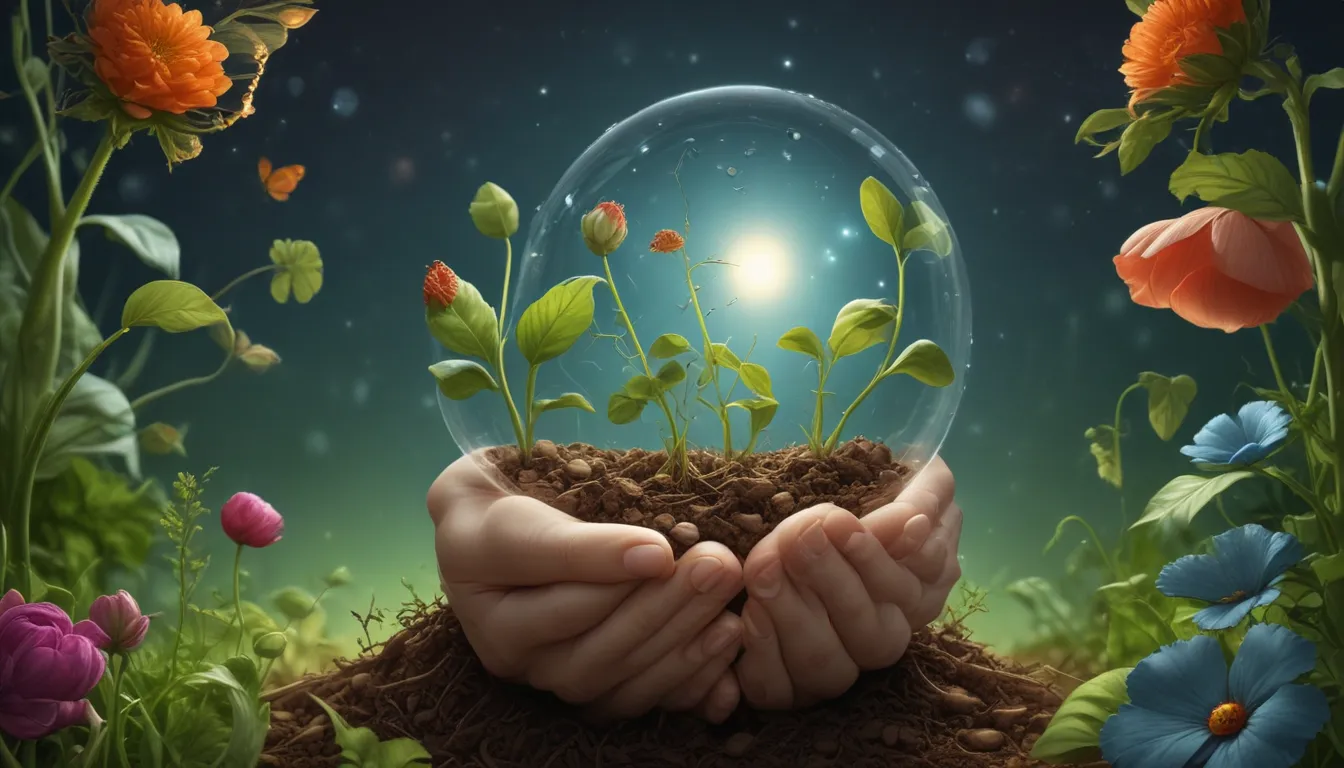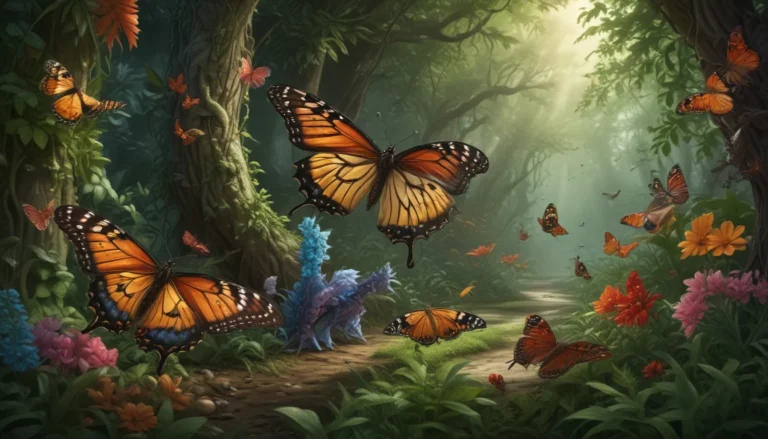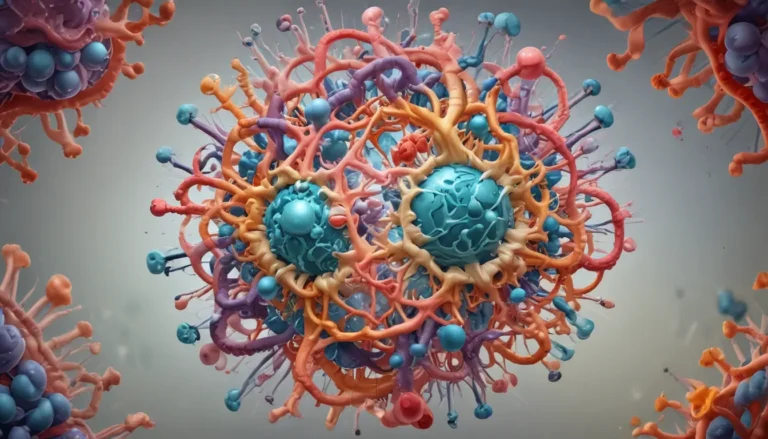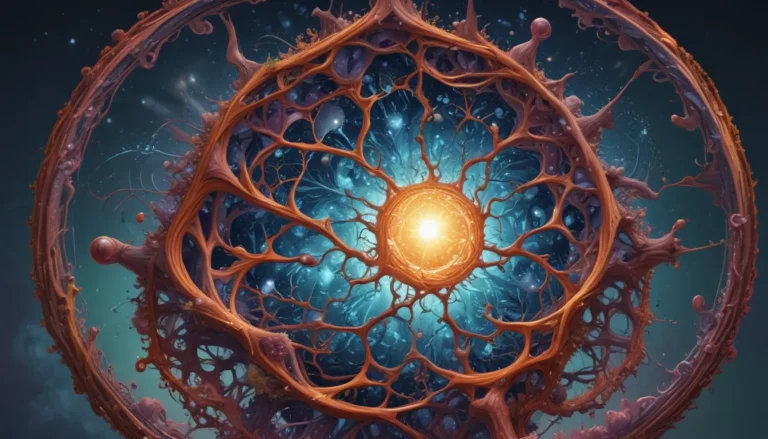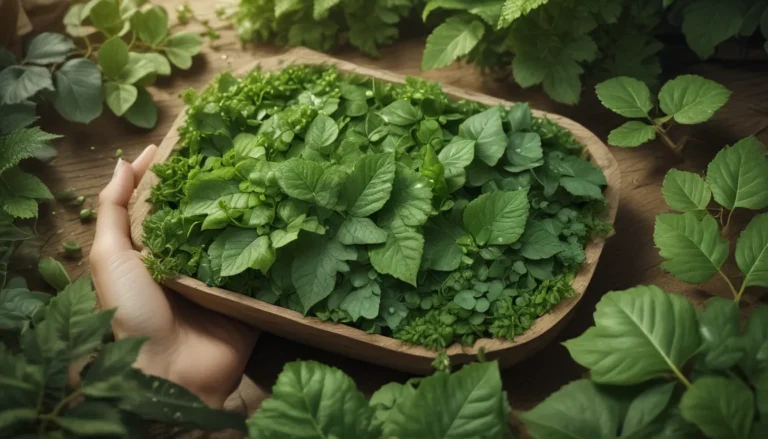A Note About Images: The images used in our articles are for illustration purposes only and may not exactly match the content. They are meant to engage readers, but the text should be relied upon for accurate information.
Seed germination, the magical process marking the commencement of a plant’s life cycle, is truly a marvel of nature. From the dormant seed’s transformation into a vibrant seedling to the intricate mechanisms triggering growth, the journey of germination is filled with wonders waiting to be explored. In this article, we will uncover 13 incredible facts about seed germination that will deepen your appreciation for the miracle of plant reproduction.
Discovering the Astonishing World of Seed Germination
Seed germination is a captivating process influenced by various factors such as temperature, water, and light. Seeds possess the remarkable ability to sense their environment and adapt accordingly to ensure successful sprouting. Let’s delve into some remarkable facts that shed light on the fascinating world of seed germination.
Seeds: The Masters of Patience
Some seeds have the incredible capacity to remain dormant for extended periods, biding their time until conditions are favorable for germination. This adaptive trait allows them to survive harsh environments and bloom when the timing is just right.
The Secret Recipe for Successful Germination
Germination hinges on the perfect combination of temperature, moisture, and oxygen. These environmental factors play a critical role in determining whether a seed will sprout and thrive. Providing the optimal conditions is key to unlocking the potential for growth.
Light: A Beacon for Germination
Seeds possess photoreceptors that enable them to sense light and darkness. While some seeds require exposure to light for germination, others thrive in darkness. This light-sensing mechanism guides seeds in choosing the right time and place to sprout.
The Chemical Symphony of Germination
Certain seeds respond to chemical signals that trigger germination. Through a process known as stratification, exposure to specific substances stimulates the sprouting process. Nature orchestrates this chemical symphony, ensuring seeds awaken at the perfect moment.
Water: The Elixir of Germination
Water plays a crucial role in breaking seed dormancy by kickstarting biochemical processes within the embryo. This essential element reawakens the dormant embryo, initiating the germination process and setting the stage for growth.
Roots Leading the Way
In the journey of germination, roots take the lead as the embryonic root, called the radicle, emerges first from the seed. Anchoring the plant and absorbing nutrients from the soil, the radicle sets the foundation for growth.
Breaking Through Barriers: Seed Coat Permeability
The seed coat, the outer covering of a seed, can influence the rate and success of germination. Some seeds come with impermeable coats that necessitate scarification—a process that breaks or weakens the seed coat, allowing water and gases to penetrate.
The Breath of Life: Oxygen’s Role in Germination
During germination, oxygen is essential for aerobic respiration in embryo cells. This process provides the energy needed for growth and development. Insufficient oxygen supply can impede germination or lead to the production of abnormal seedlings.
Embracing Diversity in Germination Times
Each plant species follows a unique germination timeline. While some seeds sprout within days, others may take weeks, months, or even years to emerge. The varying germination times add to the rich tapestry of plant life.
A Vital Component: Seed Viability
Seed viability, which refers to a seed’s ability to germinate and grow into a healthy plant, is influenced by factors such as age, storage conditions, and genetic viability. Understanding seed viability is crucial for successful germination.
Thriving in Diverse Environments
Seeds exhibit remarkable adaptability, germinating in a range of environments—from arid deserts to icy tundras. Plants have evolved strategies to ensure germination occurs under diverse conditions, showcasing nature’s resilience and ingenuity.
The Chilling Effect: Cold Stratification
Certain plant species require a period of cold temperatures, known as cold stratification, to break dormancy. Exposure to low temperatures triggers biochemical changes in the seed, preparing it for germination when conditions are right.
The Dance of Hormones in Germination
Plant hormones, such as auxins and gibberellins, play pivotal roles in seed germination. These hormones orchestrate the growth and development of different structures during the germination process, ensuring a harmonious progression from dormancy to sprouting.
Conclusion: Embracing the Wonders of Seed Germination
Seed germination is a captivating process that underpins the growth and development of plants. By unraveling the mysteries of seed germination, gardeners, farmers, and researchers can optimize their practices for greater success. From seeds’ ability to sense their surroundings to the diverse germination strategies employed by various plants, the journey of germination is a testament to nature’s artistry. Next time you plant a seed, take a moment to marvel at the extraordinary process unfolding beneath the soil’s surface.
Frequently Asked Questions about Seed Germination
- How long does seed germination take?
-
The time for seed germination varies depending on the plant type and environmental conditions. Some seeds may sprout within days, while others may take weeks or months.
-
What factors influence seed germination?
-
Temperature, moisture, light, oxygen, and seed viability are key factors that affect seed germination. Each plant species has specific requirements for successful sprouting.
-
Can seeds germinate in any type of soil?
-
While seeds can germinate in different soil types, ideal conditions vary. Some seeds prefer well-drained soil, while others thrive in moist or sandy soil. Understanding a seed’s specific needs is crucial.
-
Do all seeds require light for germination?
-
Not all seeds rely on light for germination. Some seeds, called light-dependent germinators, need light exposure, while others, known as dark germinators, prefer darkness to initiate sprouting.
-
Can seeds germinate in extreme temperatures?
-
Seeds have varying temperature preferences for germination. While some thrive in cool temperatures, others require warmth. Extreme temperatures can hinder germination, and optimal ranges differ among plant species.
-
Do all seeds germinate in the same way?
-
Seeds employ diverse germination strategies, with some cracking open to reveal shoots and others exhibiting different emergence patterns. These strategies are tailored to each plant’s unique requirements.
-
Can you speed up seed germination?
-
Techniques such as scarification, stratification, or pre-soaking seeds can accelerate germination. By breaking seed dormancy and providing optimal conditions, you can expedite the sprouting process.
-
How can I tell if a seed is viable?
-
Conducting a germination test can determine seed viability. By observing how many seeds sprout in favorable conditions, you can assess the seed’s viability. A low germination rate may indicate poor seed viability.
-
Can seeds germinate if they are too old?
-
While seeds have limited shelf lives, some can remain viable for extended periods if stored correctly. Testing older seeds for germination feasibility is a worthwhile practice to maximize their potential.
-
Can seed germination be influenced by plant hormones?
- Plant hormones like gibberellins and auxins play vital roles in seed germination. They regulate processes such as breaking seed dormancy, stimulating growth, and converting stored nutrients for early development.
Seed germination is a fascinating and essential aspect of the plant life cycle, offering insights into the resilience and adaptability of nature. Whether you’re a novice gardener or an experienced farmer, understanding the intricacies of seed germination can enhance your gardening practices and deepen your connection to the natural world. So, embark on this journey of discovery, and marvel at the wonders of seed germination unfolding before your eyes.
